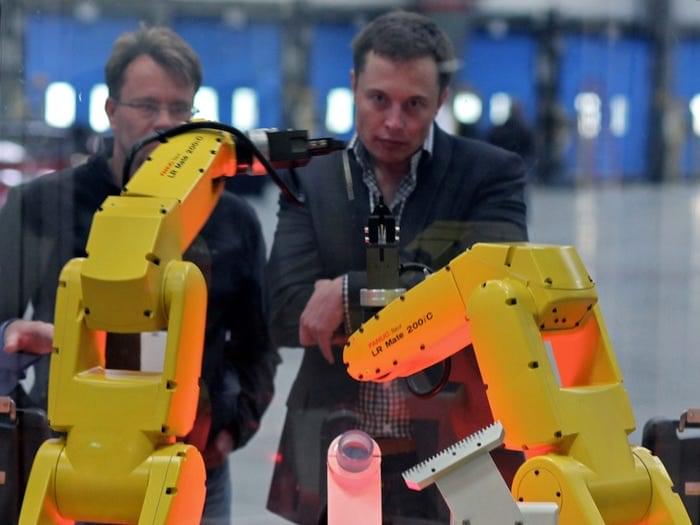“No AI technology ‘where training or transactional data is known to be of poor quality, carry bias, or where the quality of such data is unknown’ should ever be considered for use, and thus should be deemed Extreme Risk, not High Risk. Any AI technology based on poor quality or biased data is inherently compromised.”
“No AI technology that assists in “identifying, categorizing, prioritizing or otherwise making decisions pertaining to members of the public” should be deemed Low Risk. Automating such actions through technology, even with the inclusion of a human-in-the-loop, is an intrinsically risky activity, and should be categorized as such by the Policy.”
Full Story:
AI technologies are impacting our everyday lives. The ethical risks of AI mean we should think beyond the barebones of algorithmic fairness and bias in order to identify the full range of effects of AI technologies on safety, privacy and society at large.







